Drew Ellis, a professor in the Department of Geography and an expert in climate science, explains the National Oceanic and Atmospheric Administration’s winter outlook, which predicts a mild winter for the mid-Atlantic region of the United States.

news, journals and articles from all over the world.

Drew Ellis, a professor in the Department of Geography and an expert in climate science, explains the National Oceanic and Atmospheric Administration’s winter outlook, which predicts a mild winter for the mid-Atlantic region of the United States.
Mega ocean warming El Niño events were key in driving the largest extinction of life on planet Earth some 252 million years ago, according to new research.
Among the vast expanse of Antarctica lies the Thwaites Glacier, the world’s widest glacier measuring about 80 miles on the western edge of the continent.

As California and the west coast stare down yet another major winter storm, the threat of devastating flooding and mudslides is even more urgent. Drew Ellis, a climate science and meteorology expert at Virginia Tech, explains what causes these conditions.
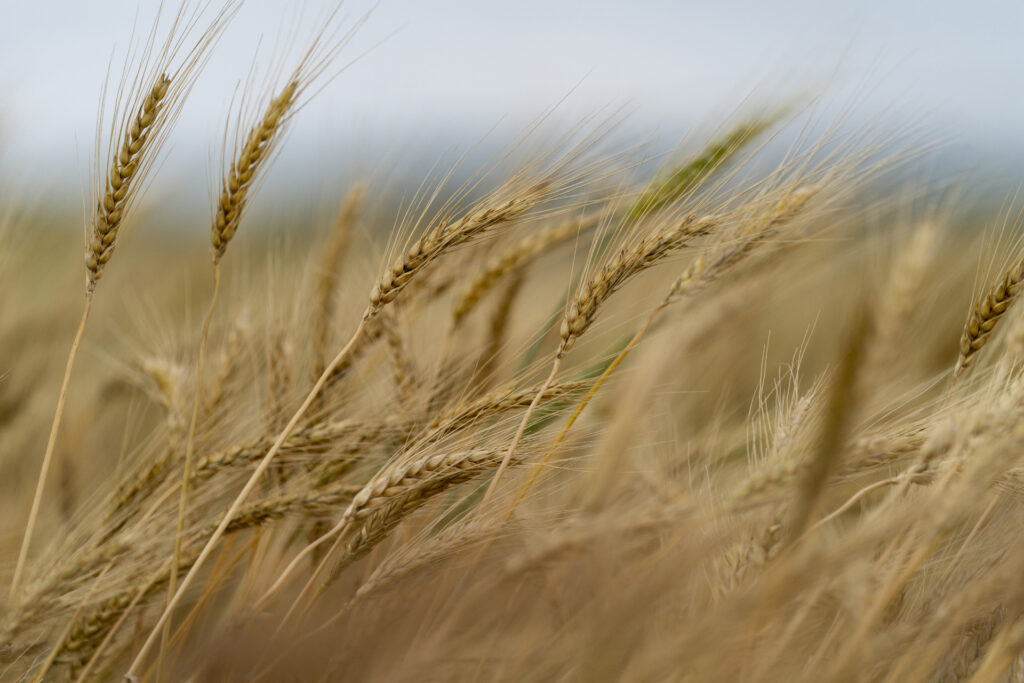
Timely rainfall in some areas has been highly beneficial for the fall wheat crop, according to a Texas A&M AgriLife Extension Service expert.
El Niño signifies the warm phase of the El Niño–Southern Oscillation (ENSO), one of the most crucial climate phenomena widely covered in the media due to its association with catastrophic weather events.
By: Patty Cox | Published: October 2, 2023 | 12:30 pm | SHARE: El Niño, the climate phenomenon characterized by warmer-than-average sea surface temperatures across the equatorial central and eastern Pacific Ocean, has far-reaching impacts on weather patterns across the globe. El Niño events can last for several months up to a year or more and typically peak in the winter months of the Northern Hemisphere, so we’re likely to see El Niño conditions continue to strengthen over the coming months, said Alyssa Atwood, an assistant professor in Florida State University’s Department of Earth, Ocean and Atmospheric Science, part of the College of Arts and Sciences.
By: Patty Cox | Published: July 20, 2023 | 12:52 pm | SHARE: Record-breaking high temperatures in the Atlantic Ocean combined with El Niño spell uncertainty for the Atlantic hurricane season. El Niño, known to reduce hurricane activity in the Atlantic basin, developed early this summer. With the conflicting factors of El Nino in the Pacific leading to fewer hurricanes and warm Atlantic Ocean temperatures favoring hurricane development, seasonal forecasts are for near-normal activity with lower confidence than other years.
The University of Delaware boasts several experts who can talk about El Niño’s return and its wide-reaching impacts, from record-breaking temperatures to sea ice melt that has been shattering scientists’ expectations. Wei-Jun Cai: Air-sea CO2 flux; carbon cycling in estuaries…
ALBANY, N.Y. (May 30, 2023)—The 2023 Atlantic hurricane season, which officially kicks off on Thursday and runs through the end of November, is starting with a high level of uncertainty. Experts are predicting that El Niño conditions are likely to…
Global climate change may lead to more extreme weather events such as droughts.
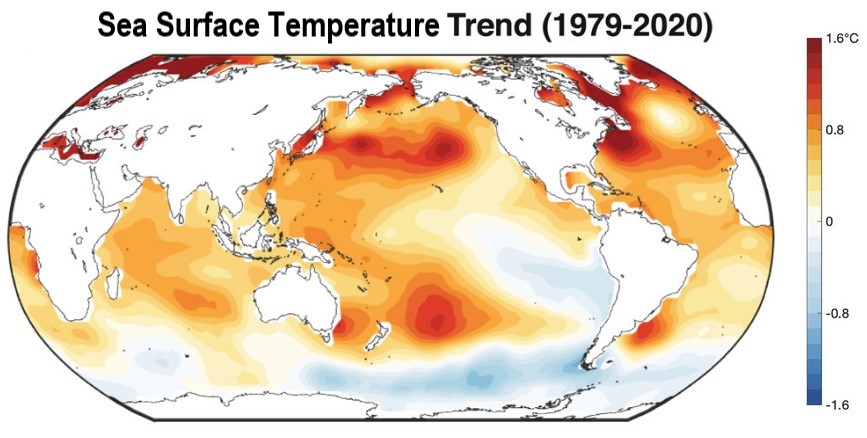
Forecasters are predicting a “three-peat La Niña” this winter. A recent study of surface ocean temperatures suggests that climate change could, in the short term, be favoring La Niñas.
Prior to this study, little was known about whether dwindling Arctic sea ice is capable of influencing strong El Niño events.
Along with implications for the future, the findings illuminate important moments in our past, including human migration into the Americas, the variable human use of coastal and interior habitats and the extinction of the flightless duck Chendytes.
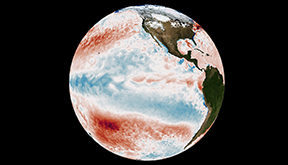
New research shows that naturally occurring climate variations help explain a long-standing difference between climate models and satellite observations of global warming.
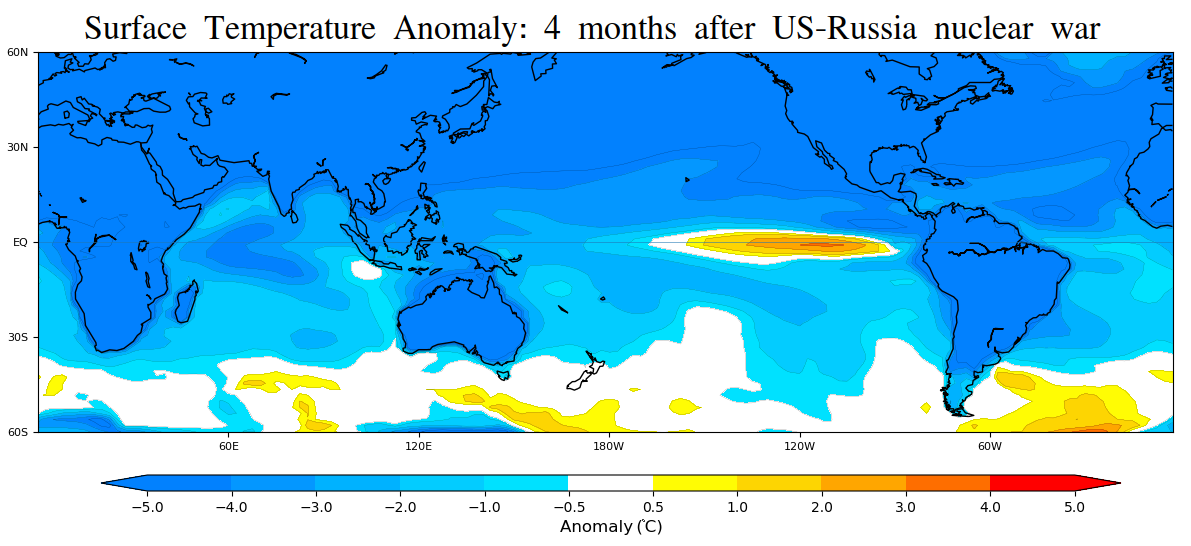
A nuclear war could trigger an unprecedented El Niño-like warming episode in the equatorial Pacific Ocean, slashing algal populations by 40 percent and likely lowering the fish catch, according to a Rutgers-led study. The research, published in the journal Communications Earth & Environment, shows that turning to the oceans for food if land-based farming fails after a nuclear war is unlikely to be a successful strategy – at least in the equatorial Pacific.

For the first time, a research team has obtained high resolution sedimentary core samples from Lake Tanganyika. The samples show that high frequency variability in climate can lead to major disruptions in how the lake’s food web functions. The changes could put millions of people at risk who rely on the lake for food security. The team says the findings are a critical building block toward research-informed policymaking in the Lake Tanganyika region.

New research has found that El Niño events are often associated with droughts in some of the world’s more vulnerable tropical regions. Associated with warmer than average ocean temperatures in the eastern Pacific, El Niños can in turn influence global weather patterns and tropical precipitation, and these changes can lead to massive plant die-offs if other extreme factors are also at play.
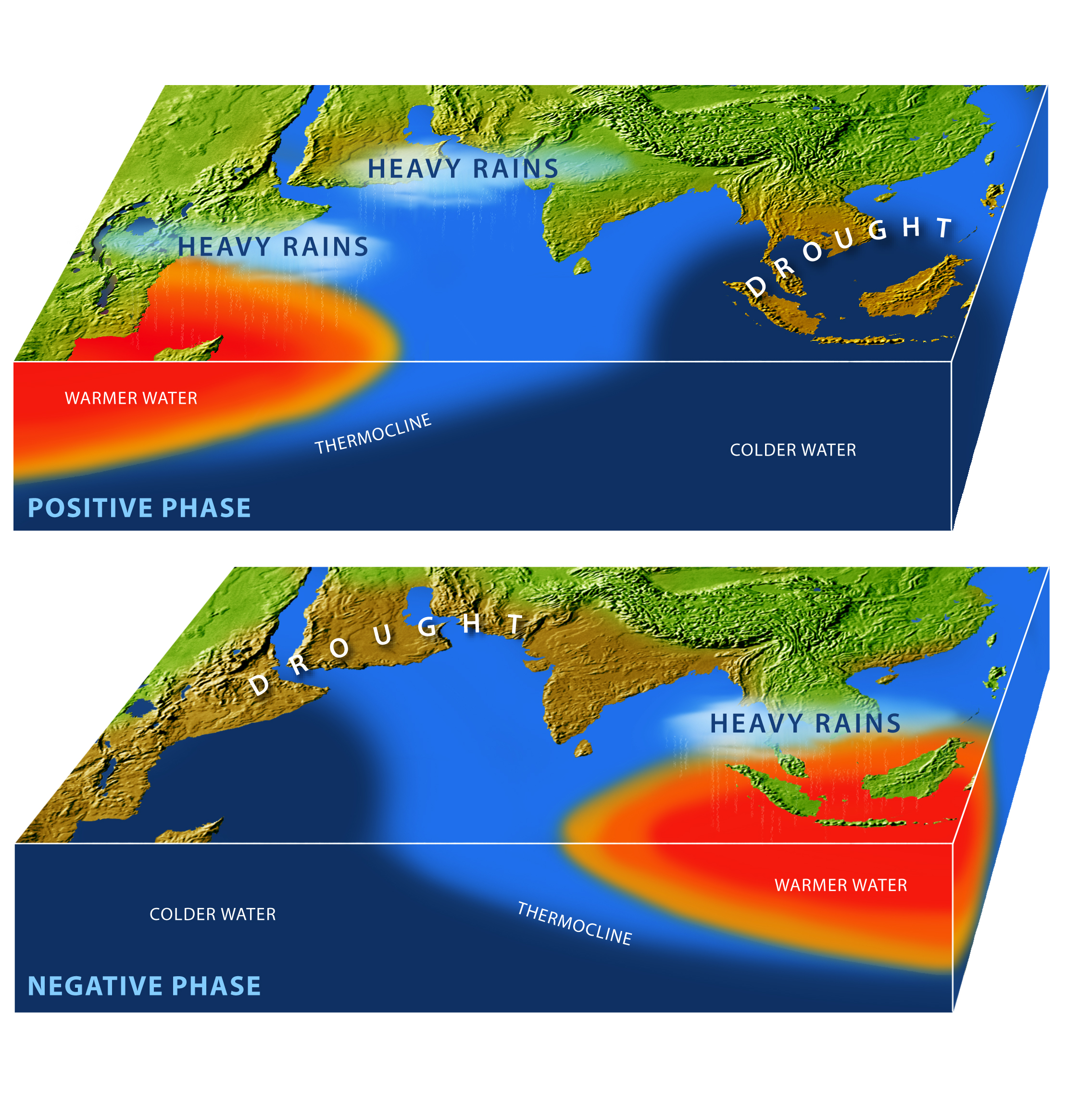
Soon, University of Wisconsin–Madison ecologist Ben Zuckerberg thinks we’ll be able to pull off the same forecasting feat for bird migrations and wildlife populations as for climate forecasts. That’s because just as those recurring changes in climate have predictable consequences for humans, they also have predictable effects on plants and animals.
Severe droughts happened simultaneously in the regions that supply water to Southern California almost six times per century on average since 1500, according to new University of Arizona-led research.
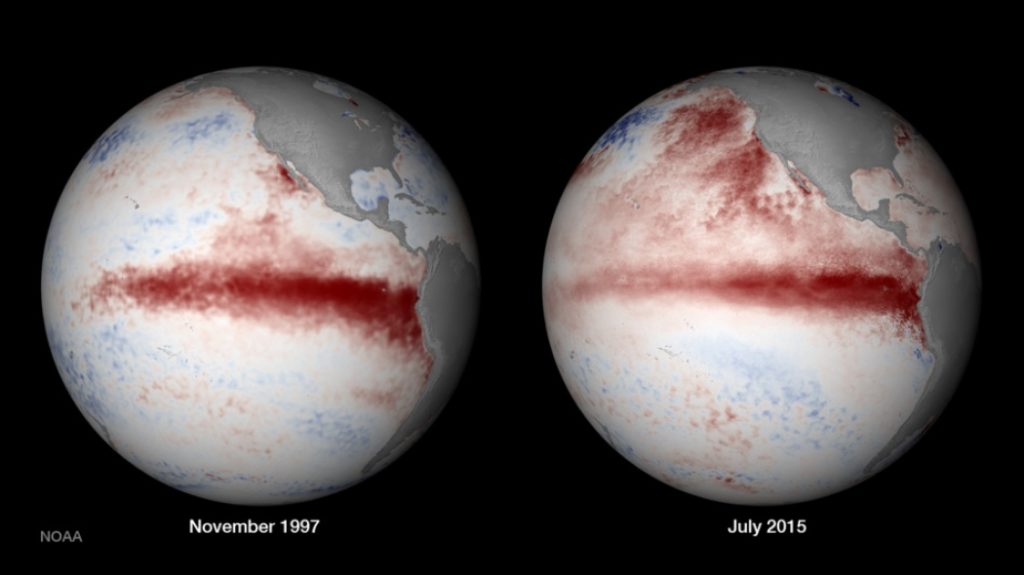
Enough physical evidence spanning millennia has now come together to allow researchers to say definitively that: El Ninos, La Ninas, and the climate phenomenon that drives them have become more extreme in the times of human-induced climate change.
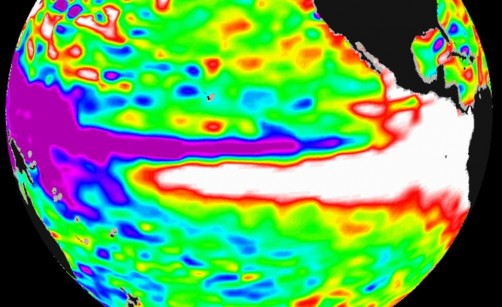
In the past few months, extreme weather events have caused significant damage to communities throughout the United States. From flooding in the Mississippi River region to the tornadoes tearing through the Midwest to a delay of the North American monsoon,…